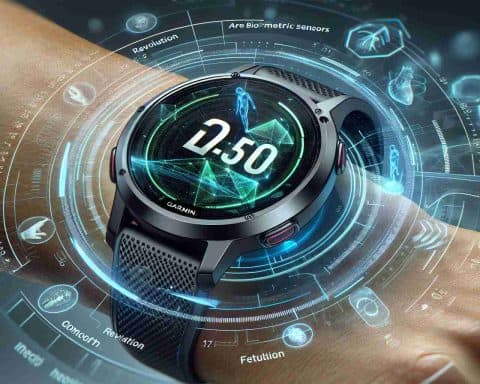Xiaomi has officially announced the global rollout schedule for its much-anticipated HyperOS 2, ensuring that users outside of China won’t have to wait until 2025 for the latest update. This innovative operating system is set to enhance the functionality and user experience of a wide range of Xiaomi devices.
For those who own the Xiaomi 14T Pro and Xiaomi 14T, the wait is almost over as the update will be available by the end of this month. Following closely behind are devices like the Xiaomi 14, 14 Ultra, and 13T Pro. The Redmi Note 13 series, alongside the Poco X6, X6 Pro, F6 Pro, and M6 Pro, will also join the list of updated devices by month’s end. Kicking things off in November is the Mix Flip, which will be the first in line for the upgrade.
December brings even more excitement, with a broader range of devices set to receive HyperOS 2. These include the Xiaomi 13T, 13 Ultra, 13T Lite, and the 12 series. The update will roll out to the Redmi Note 12 series and several POCO devices, ensuring a wide reach.
Tablet and wearable users aren’t left out either. The Xiaomi Pad 6S Pro and Xiaomi Smart Band 9 Pro are scheduled for updates in November 2024. Other tablets, such as the Redmi Pad Pro 5G and POCO Pad, will also embrace HyperOS 2 as part of this expansive update strategy.
Stay tuned as Xiaomi redefines tech experiences worldwide with HyperOS 2!
Xiaomi HyperOS 2: Redefining Tech Experiences with Global Expansion
Xiaomi’s announcement of the global rollout for its HyperOS 2 marks a pivotal moment in the tech world, poised to transform how users interact with their devices worldwide. While many are familiar with the company’s aggressive expansion into smartphone technology, the implications of HyperOS 2 reach far beyond simple device updates.
The Future of Technology: HyperOS 2’s Broader Implications
1. Integration and Ecosystem Cohesion:
HyperOS 2 is not merely an upgrade; it represents a significant shift towards creating a unified ecosystem. With Xiaomi’s broad range of products—from smartphones to tablets and wearables—users can expect smoother and more integrated experiences. This new OS could herald the way for expanded Internet of Things (IoT) connectivity, allowing for seamless operation between devices around the home.
2. Enhanced User Experience:
By focusing on user-centric features, Xiaomi aims to elevate everyday interactions with technology. HyperOS 2 is packed with enhanced AI features and improved efficiency, which will likely set new standards for performance and battery life in Xiaomi devices.
3. Economic and Technological Advancement:
The global launch strengthens Xiaomi’s position in international markets, which could foster increased technological investment and development in regions outside of China. This augmentation might catalyze the market’s competition, driving innovation and providing consumers with better choices and prices.
Pros and Cons of Xiaomi HyperOS 2
Advantages:
– Improved System Performance: Users can expect faster processing and less device lag, enhancing productivity.
– Cross-Device Compatibility: Facilitates seamless transitions and operations across various Xiaomi devices, streamlining workflows.
– Advanced AI Capabilities: Personalizes experiences with smarter notifications, better energy usage predictions, and tailored user interfaces.
Disadvantages:
– Learning Curve: Long-time users may need to adapt to new interface changes, which could be initially challenging.
– Compatibility Concerns: Older devices might not support HyperOS 2, leaving some users unable to capitalize on its benefits.
– Privacy Considerations: With increased AI involvement, there may be rising concerns about data privacy, a common issue in modern tech innovations.
Intriguing Questions and Controversies
Will HyperOS 2 Influence Global Tech Standards?
The launch could serve as a blueprint for other companies aiming to roll out integrated ecosystems, potentially reshaping software development priorities worldwide.
How Does It Stack Up Against Competitors?
With other tech giants also focusing on ecosystem synergy, time will reveal how Xiaomi’s strategy compares in effectiveness and adoption.
Impacts on Developing Regions
Will the availability of such technology drive broader digital literacy in developing regions, or will it exacerbate existing digital divides?
For more information, visit mi.com and explore how Xiaomi is setting the stage for technological evolution through HyperOS 2.






















